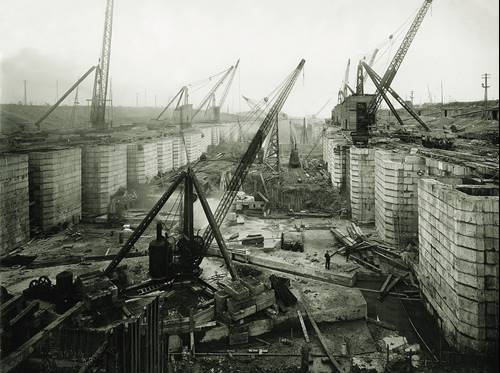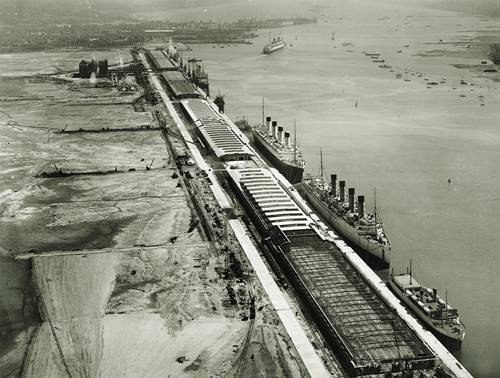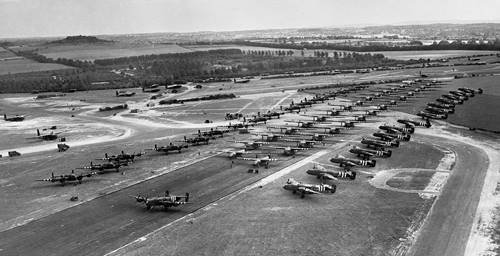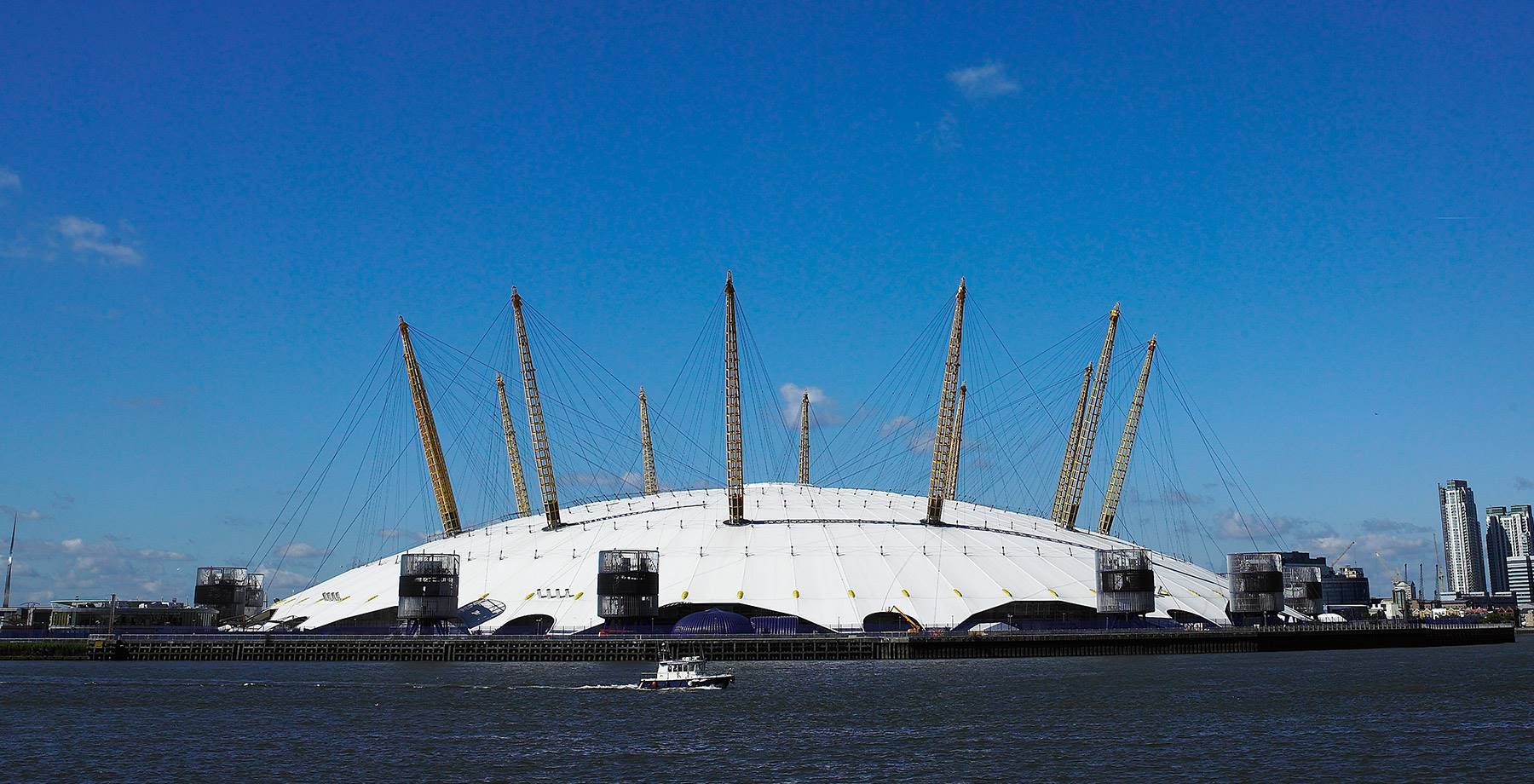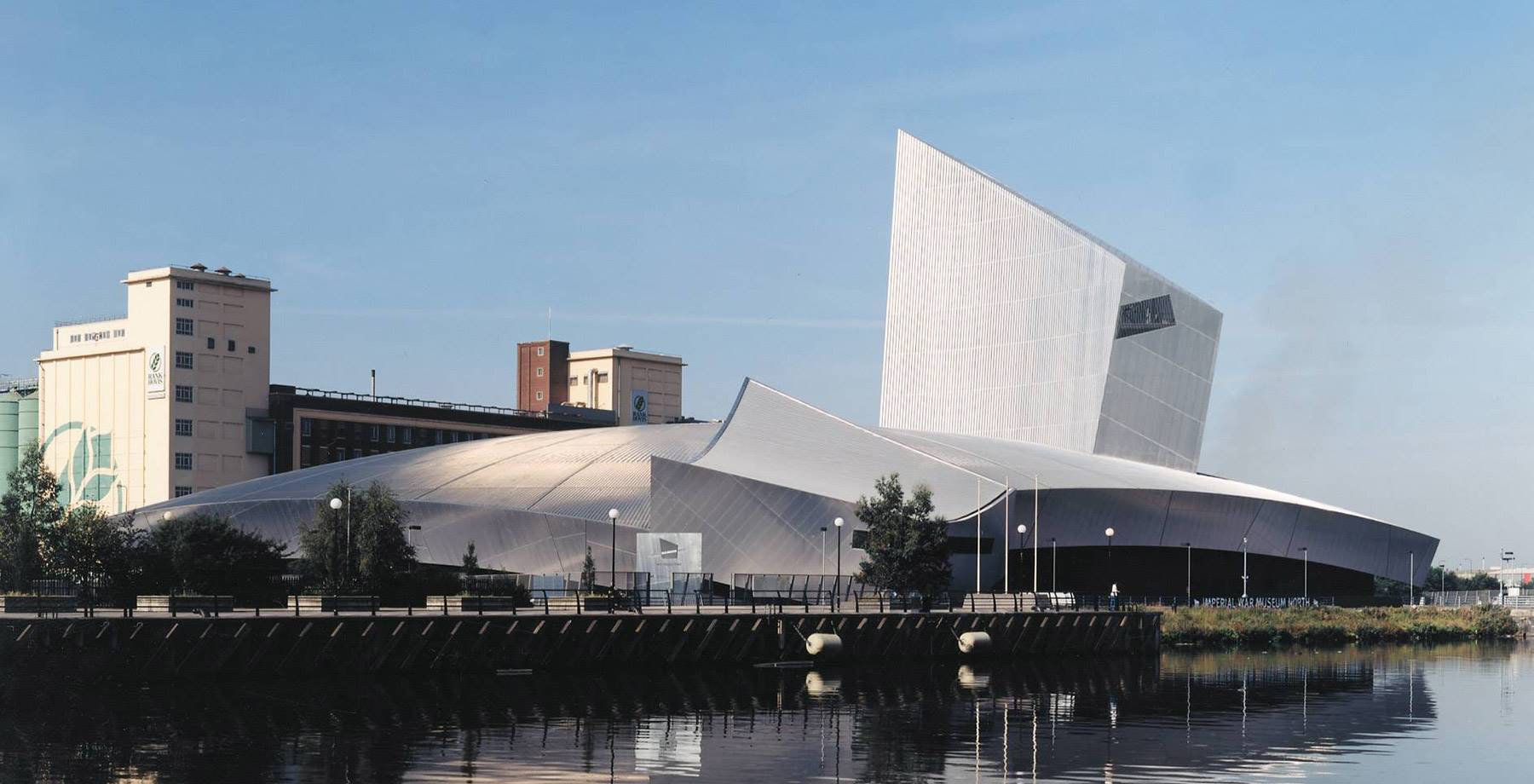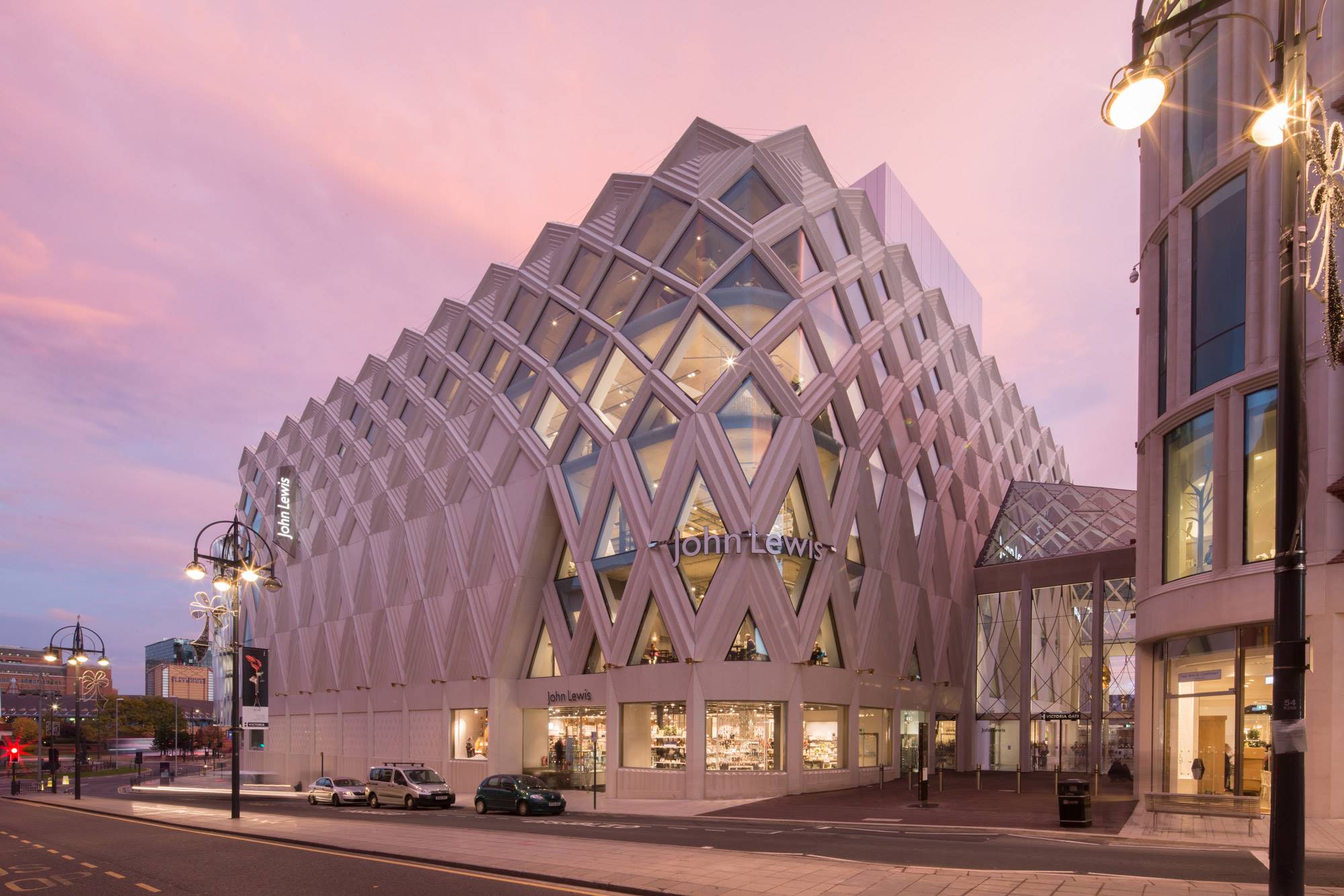Gareloch and Loch Long Road, Argyll and Bute 1922
Just one example of the many roads that would be constructed by the company over the decades to come. This photograph shows rock being crushed to form the stone that would be used during construction. As the livery on the side of the lorry indicates, the company had by now become established in London, having moved its head office from Clydebank to Westminster in 1916.
